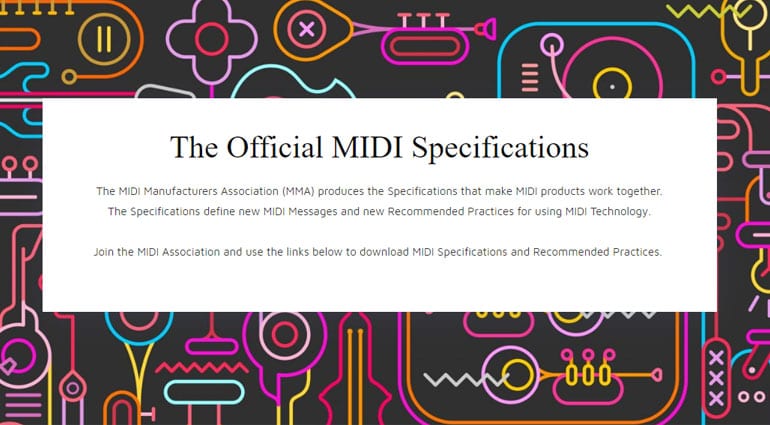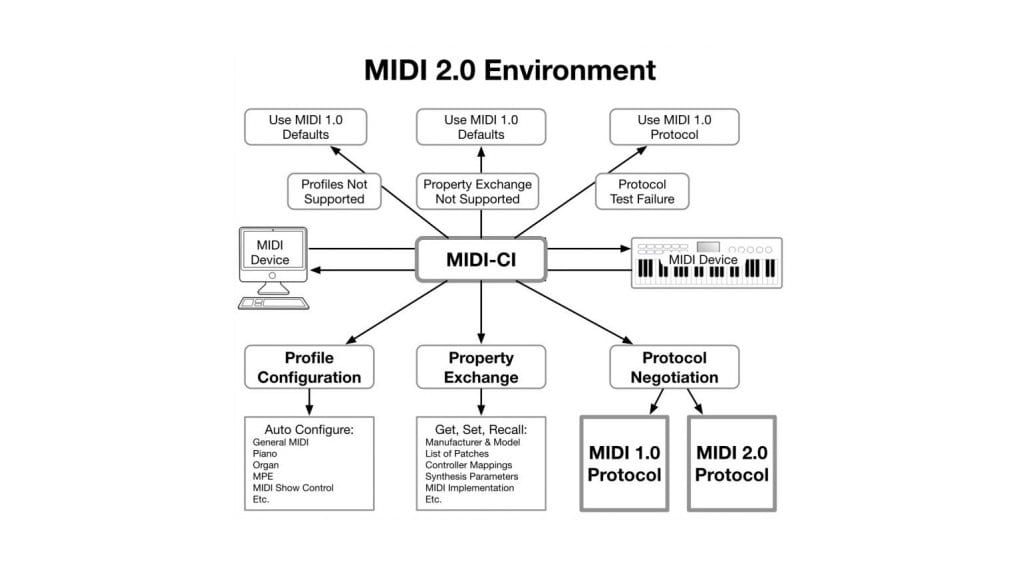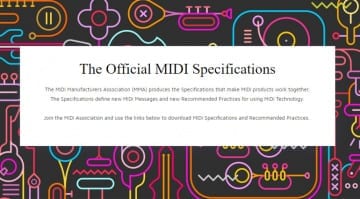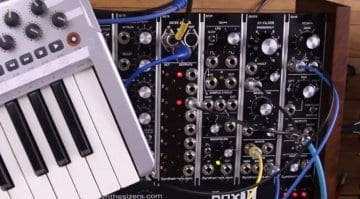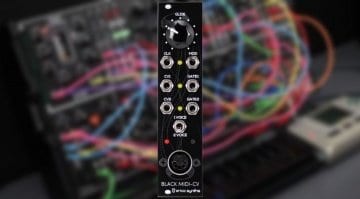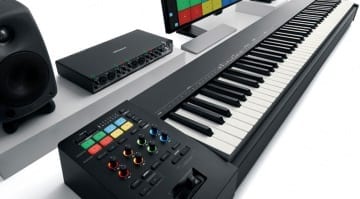MIDI 2.0 Specification is available: Here’s what you need to know
After the monumental vote at NAMM to adopt the MIDI 2.0 specification in full, it is officially released to the world as the utopian ideal for electronic music machine communication and control. Here’s what you need to know.
MIDI 2.0
The full specification is published by the Association of Musical Electronics Industry (AMEI) and the MIDI Manufacturers Association (MMA) and within the downloadable ZIP file are five PDF documents with all the details. These documents pull together all the threads about MIDI 2.0 that we’ve been talking about for years and give us the official definitions, descriptions and protocols that’ll take us into the future.
MIDI Capability Inquiry (MIDI-CI)
The main core feature of MIDI 2.0 revolves around MIDI-CI. This is the architecture that allows bidirectional communication between devices so that they can figure out firstly whether MIDI 2.0 is something they both can use (if not they revert to MIDI 1.0) and then they can tell each other what they can do. This means that all devices will be able to configure themselves to use the controls of another device or be controlled by them without all that mucking around with mapping and sifting through MIDI implementation documents.
So, in the official language, it uses Protocol Negotiation to decide on MIDI 2.0 or 1.0, then they declare their Profile Configuration to auto-map parameters and finally use Property Exchange to share data. And if none of it works they drop to using good old MIDI 1.0.
MIDI Capability Inquiry is the feature that defines MIDI 2.0 compatibility and must be implemented on your device. But they can also support one or more of the following:
- One or more Profiles controllable by the use of MIDI-CI Profile Configuration messages.
- Any Property Data exchange by the use of MIDI-CI Property Exchange messages.
- MIDI 2.0 Channel Voice Messages as defined by the Universal MIDI Packet (UMP) Format and MIDI 2.0 Protocol.
- Jitter Reduction Timestamps as defined by the Universal MIDI Packet (UMP) Format and MIDI 2.0 Protocol.
- System Exclusive 8 as defined by the Universal MIDI Packet (UMP) Format and MIDI 2.0 Protocol.
- Mixed Data Set as defined by the Universal MIDI Packet (UMP) Format and MIDI 2.0 Protocol.
Universal MIDI Packet (UMP)
So, what’s UMP? Basically it’s where all the new resolution and MPE information is handled.
It’s the data format for MIDI 2.0. It adds 16 Groups each of which contains a set of System Messages and 16 Channels that are equivalent to MIDI 1.0. It includes a Timestamp mechanism that can be used for improved timing. There’s extended data resolution for all Channel Voice Messages and new Messages for increased per-note expression. System Exclusive messages are bumped up to 8-bit. And there’s loads of room for future expansion.
Onwards and Upwards
Although we still haven’t seen any real-world applications of MIDI 2.0 that you could run in your studio there are a few videos out there that show us a bit about what to expect. I know there was the Roland A-88 MK2 controller keyboard at NAMM that is MIDI 2.0 compatible but it’s a bit pointless until there’s something else out there that it can control.
Anyway, here’s a good example of using Profiles to let one synth effortlessly control another:
You are currently viewing a placeholder content from YouTube. To access the actual content, click the button below. Please note that doing so will share data with third-party providers.
Here’s some information on Property Exchange.
You are currently viewing a placeholder content from YouTube. To access the actual content, click the button below. Please note that doing so will share data with third-party providers.
I’m sure that MIDI 2.0 will become a lot more obvious once we get the opportunity to start using it and before we know it it will be as if it’s always been with us.
More information

